GPCR/G protein

All GPCRs share a common seven trans-membrane structure. GPCRs are associated with heterotrimeric G-proteins which are GTP-binding proteins made of alpha, beta, and gamma subunits. When a ligand binds to GPCR, it activates the attached G-protein, the GDP is replaced with GTP. The activated G-protein then dissociates into an alpha and a beta-gamma complex which activates downstream signaling pathways. These intracellular signaling pathways include cAMP/PKA, calcium/NFAT, phospholipase C, protein tyrosine kinases, MAP kinases, PI-3-kinase, nitric oxide/cGMP, Rho, and JAK/STAT.
GPCRs are one of the most important therapeutic targets for various diseases, over 30% of all modern medicinal drugs target this family. Aberrant GPCR functions are involved in pathological conditions such as neurological, immunological and hormonal disorders. A large number of GPCRs have been identified, but whose ligands are not known, are classified as orphan receptors.
-
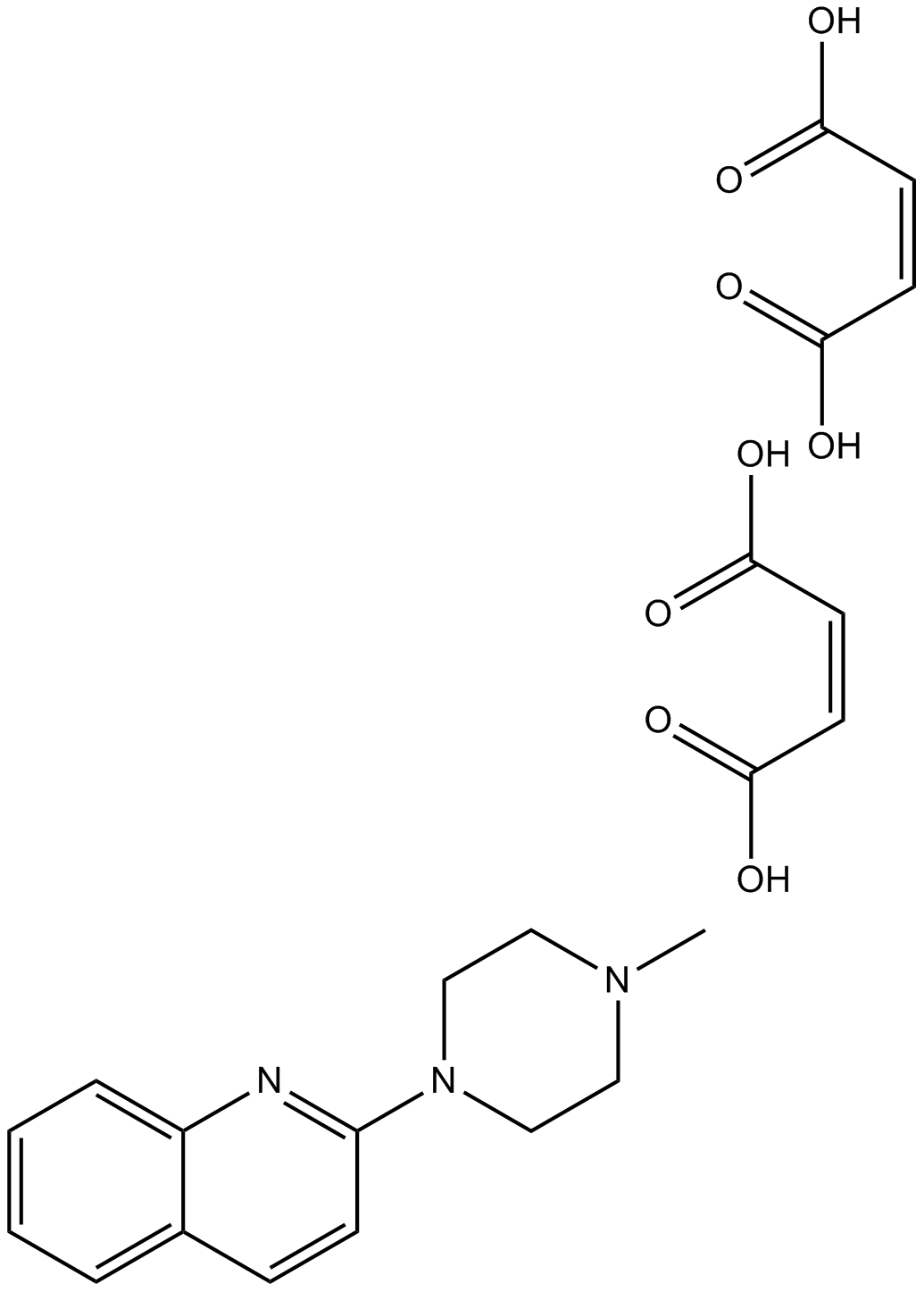 B6353 N-Methylquipazine dimaleateSummary: 5-HT3 agonist
B6353 N-Methylquipazine dimaleateSummary: 5-HT3 agonist -
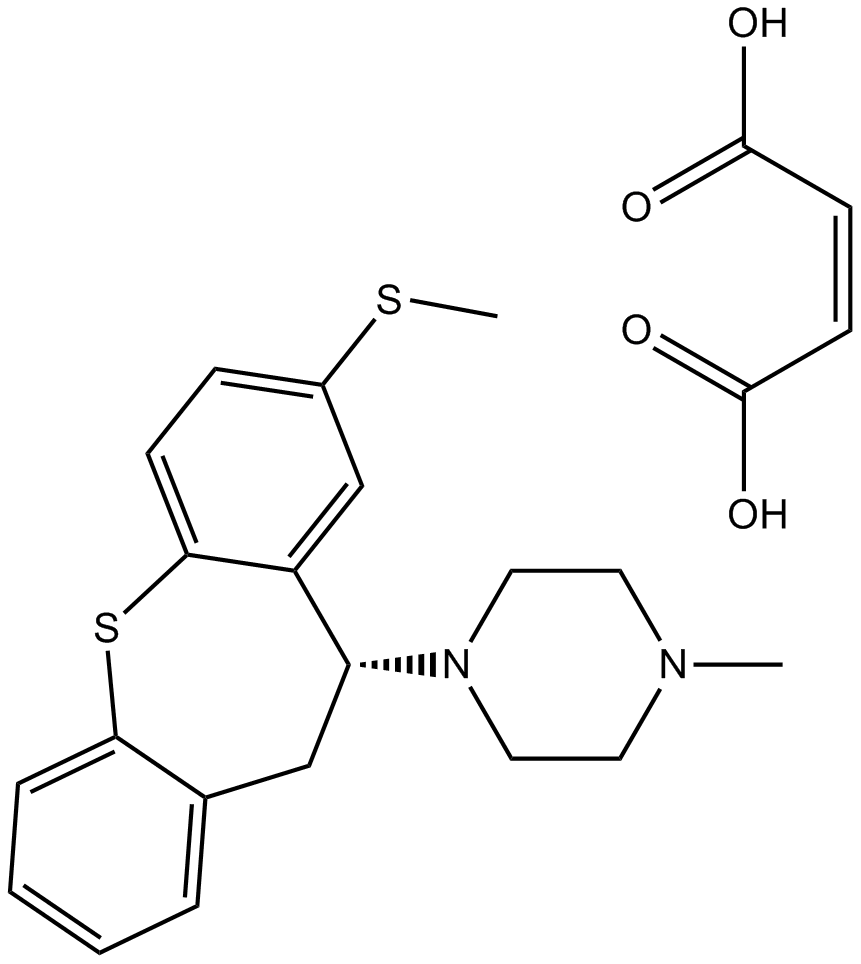 B6362 Methiothepin maleateSummary: 5-HT antagonist
B6362 Methiothepin maleateSummary: 5-HT antagonist -
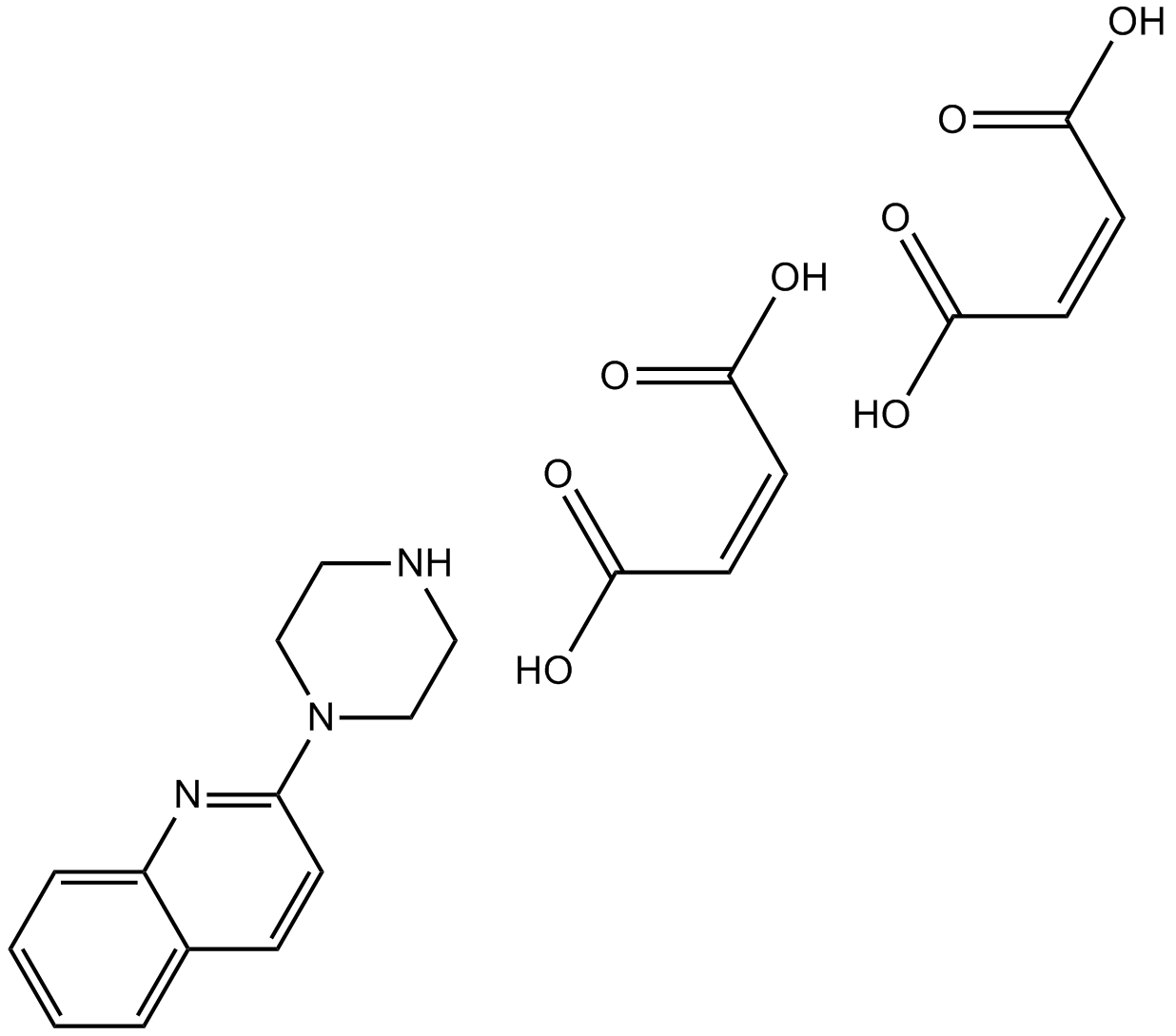 B6383 Quipazine dimaleateSummary: 5-HT3 receptor agonist
B6383 Quipazine dimaleateSummary: 5-HT3 receptor agonist -
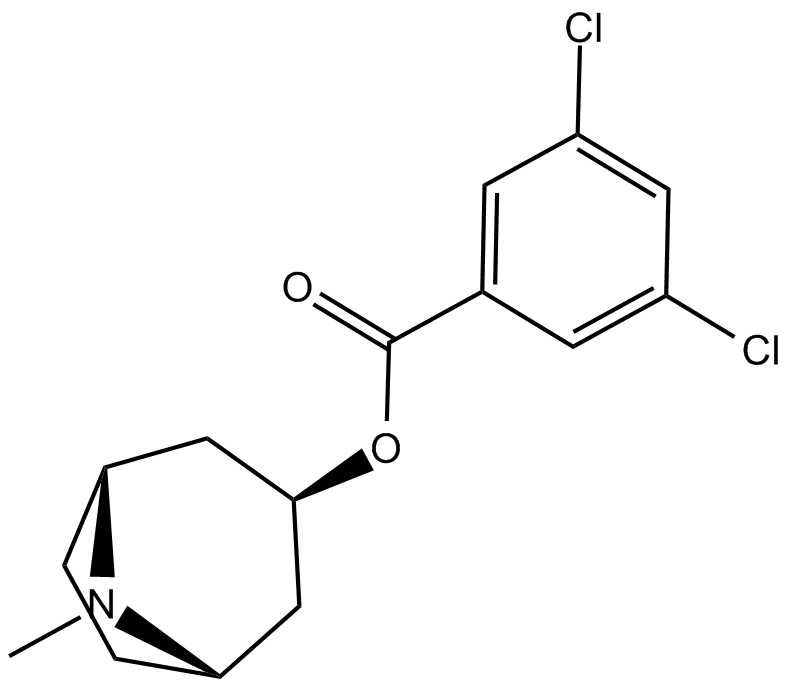 B6389 MDL 72222Summary: 5-HT3 antagonist
B6389 MDL 72222Summary: 5-HT3 antagonist -
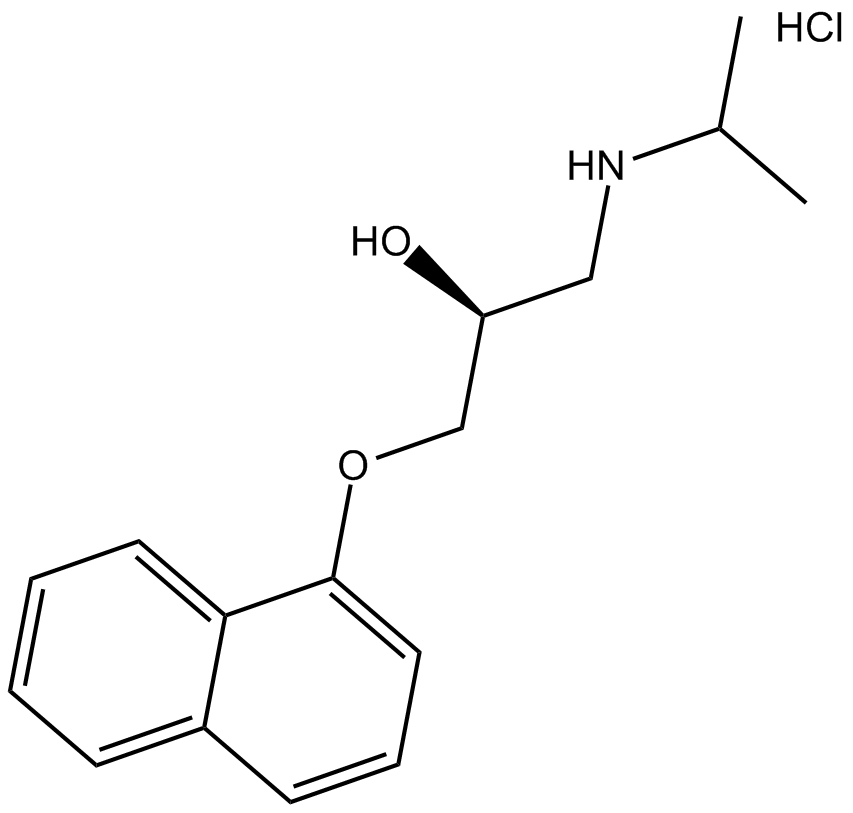 B6466 (S)-(-)-Propranolol hydrochlorideSummary: A β-adrenoceptor antagonist
B6466 (S)-(-)-Propranolol hydrochlorideSummary: A β-adrenoceptor antagonist -
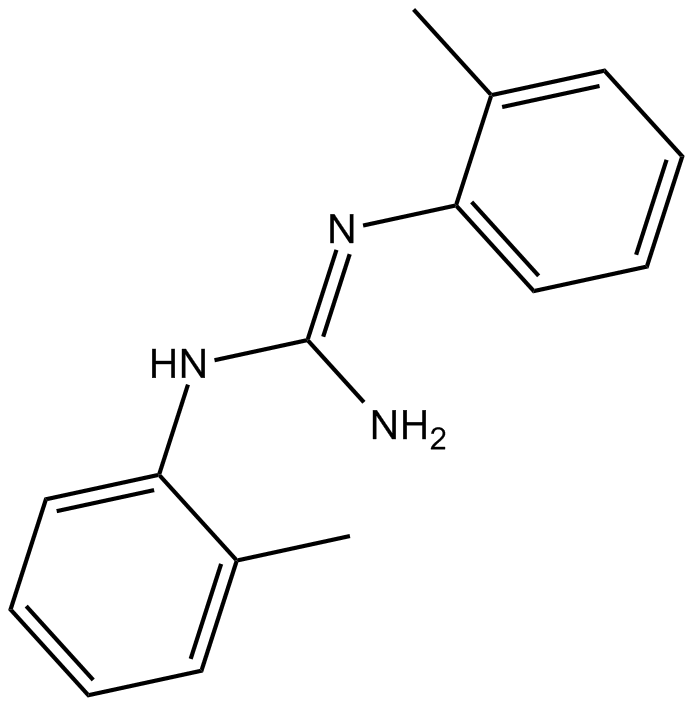 B6469 DTGSummary: sigma receptor agonist
B6469 DTGSummary: sigma receptor agonist -
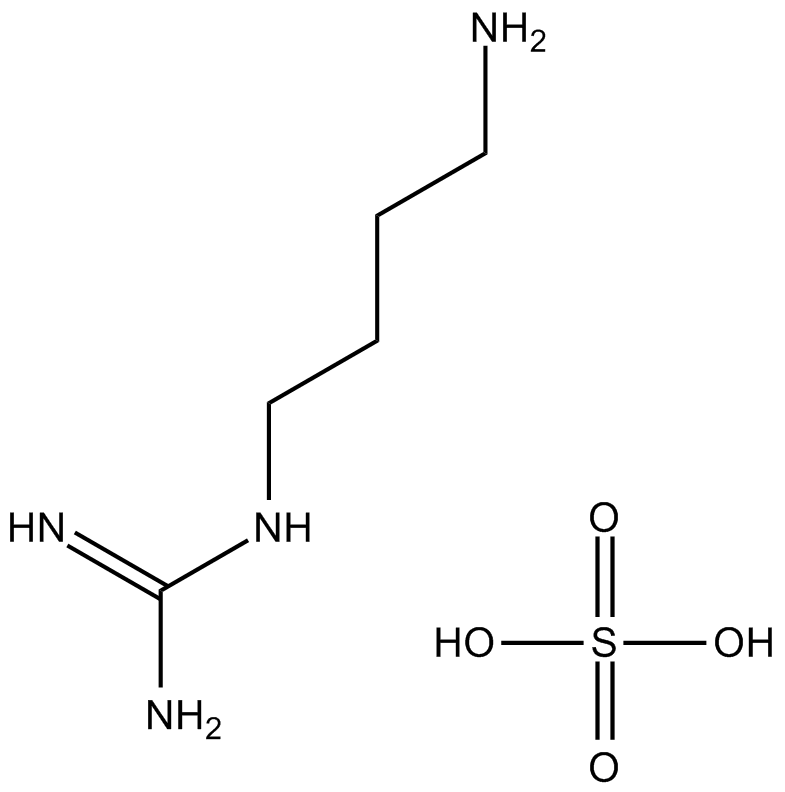 B6470 Agmatine sulfateSummary: α2-adrenergic receptor ligand
B6470 Agmatine sulfateSummary: α2-adrenergic receptor ligand -
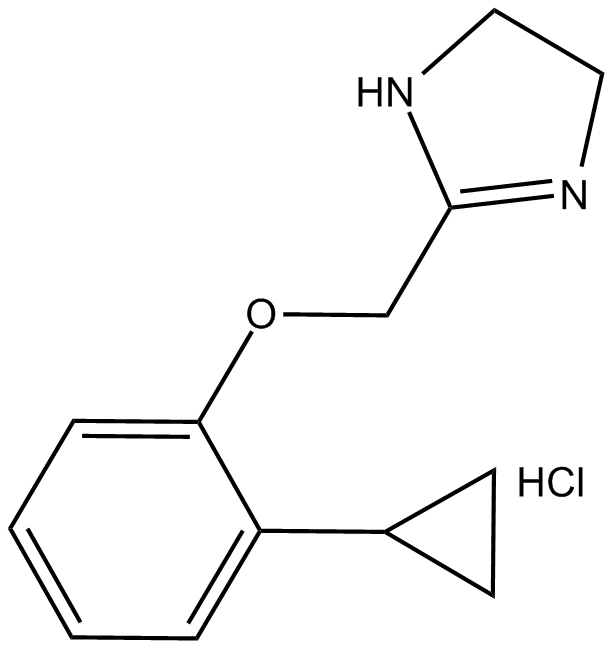 B6490 Cirazoline hydrochlorideSummary: α1 agonist
B6490 Cirazoline hydrochlorideSummary: α1 agonist -
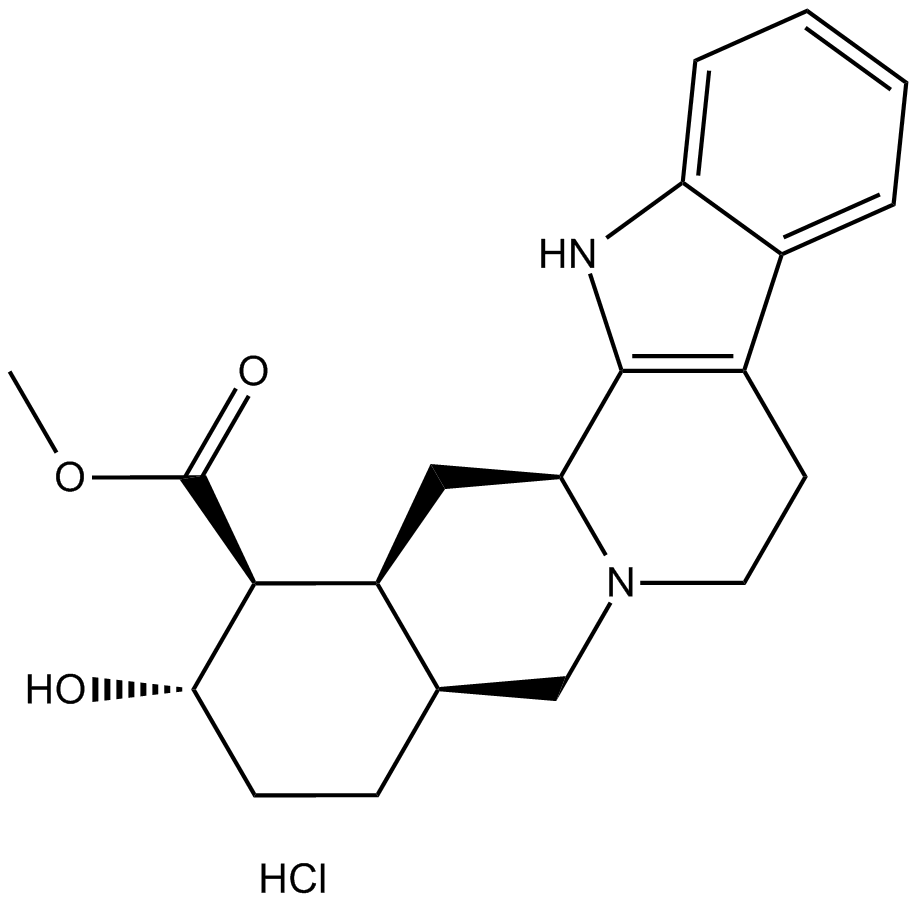 B6491 Rauwolscine hydrochlorideSummary: α2-adrenergic antagonist
B6491 Rauwolscine hydrochlorideSummary: α2-adrenergic antagonist -
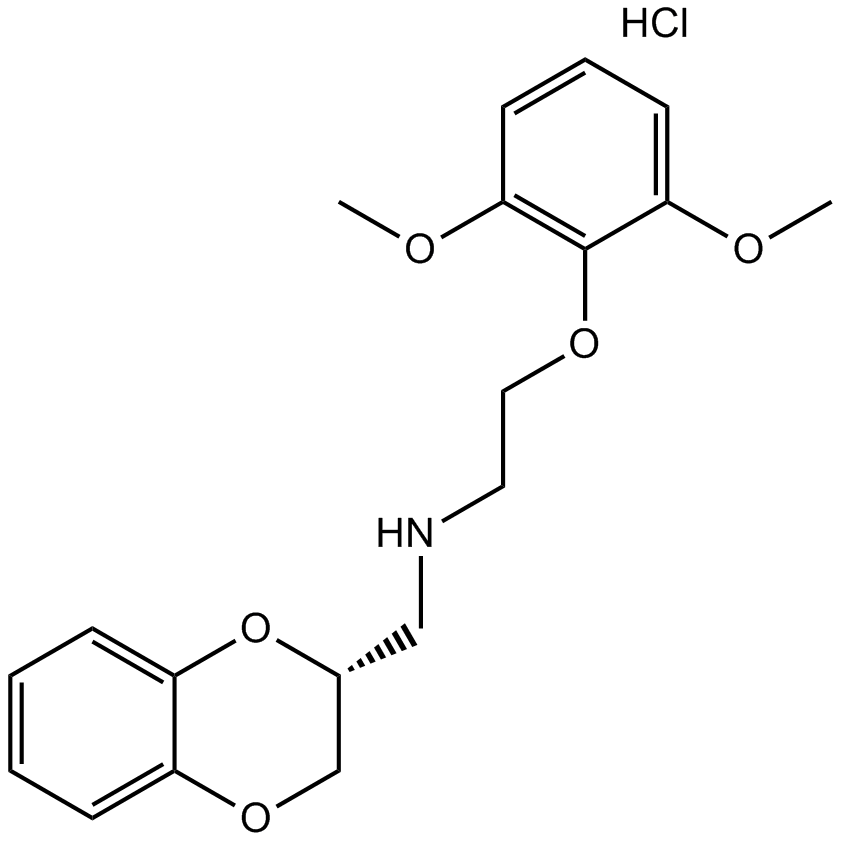 B6515 WB 4101 hydrochlorideSummary: α1A-adrenergic antagonist
B6515 WB 4101 hydrochlorideSummary: α1A-adrenergic antagonist

